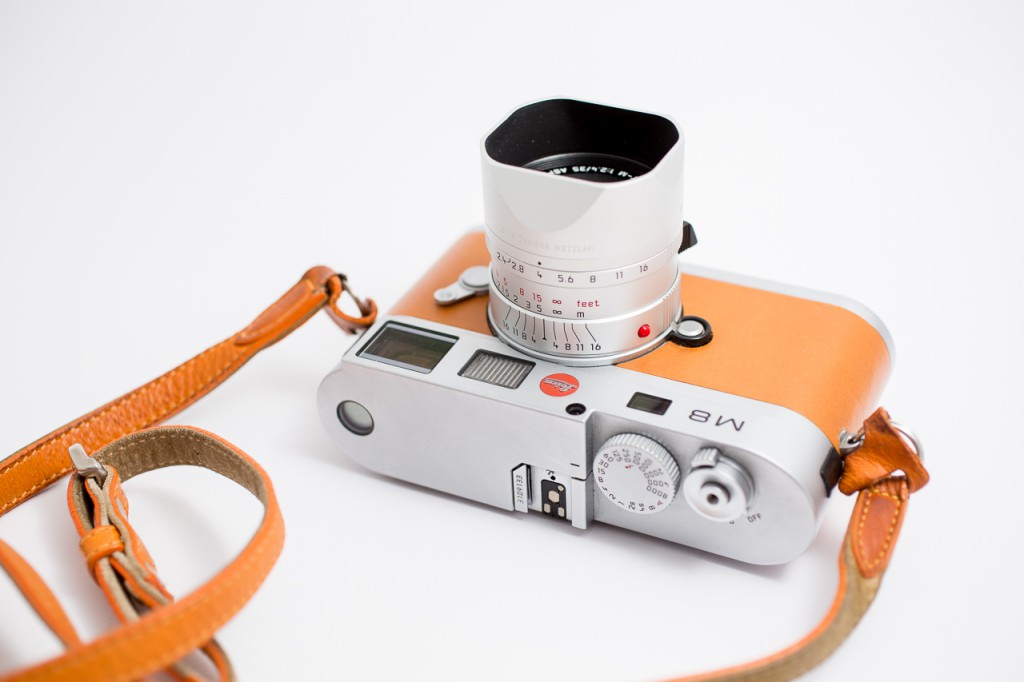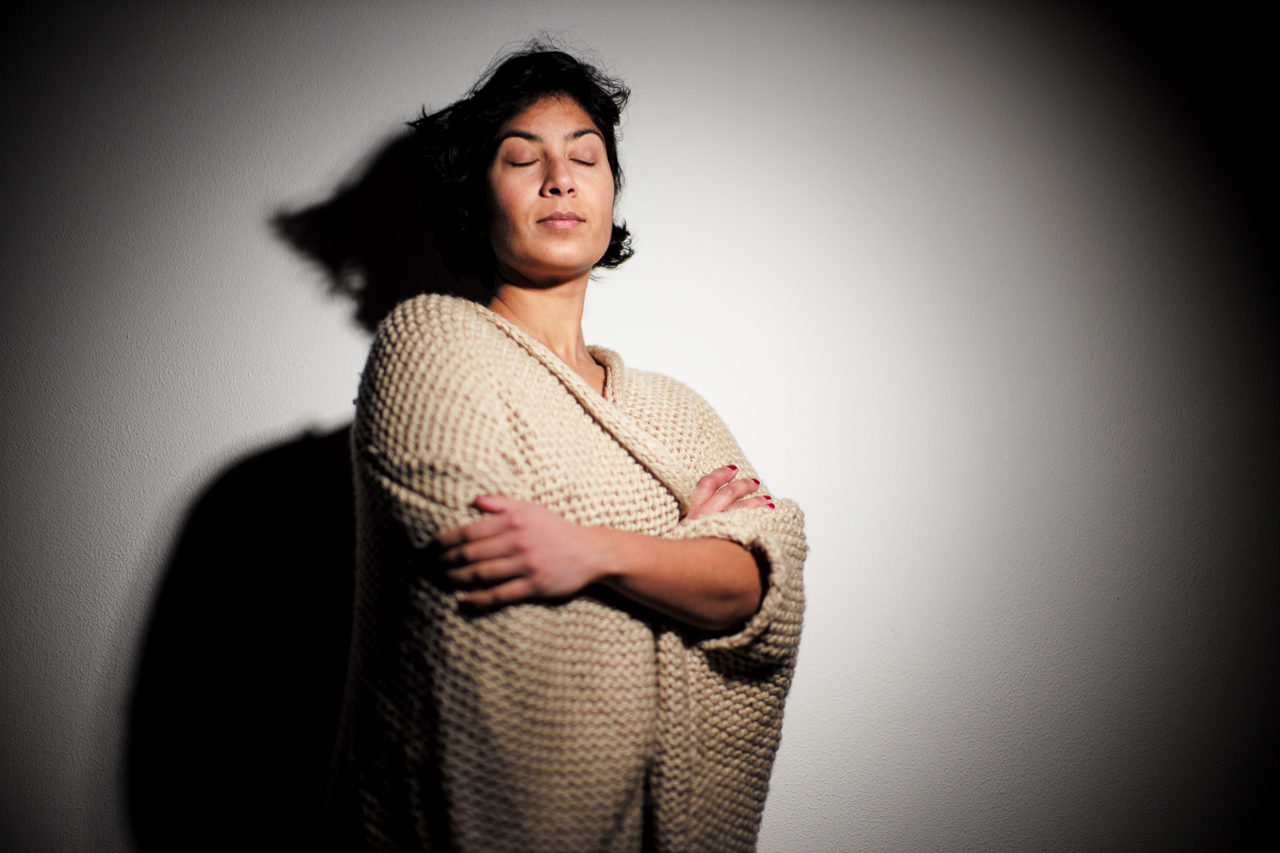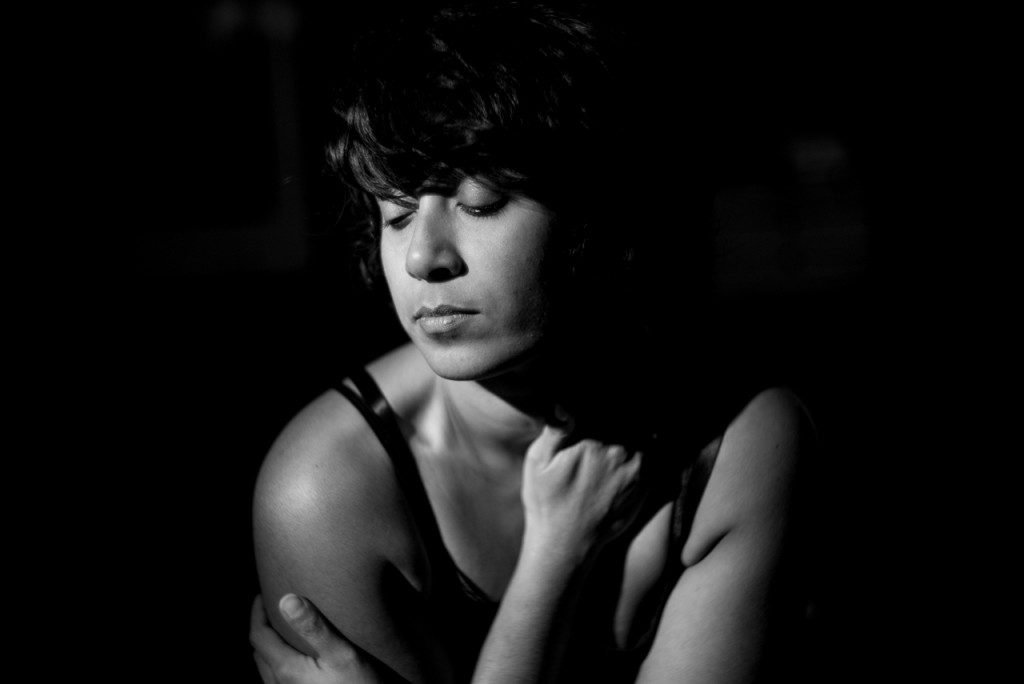For a video job that my wife had, I had the chance to play a bit with a continuous light set made by Hedler. While I seldom use artificial light (apart from available light) I use flash if I have to use extra light. Usually, this is with head shots, where I have to produce a series in which everything has to look the same. Light, colour, framing, it all needs the same look. For that I use a couple of Speedlite flashes, mainly because they’re light weight, small, don’t require a power outlet and they do the job.
What you see is what you get…
Working with Speedlites (or similar small flash units) has disadvantages. First, Speedlites don’t have modelling light, so focusing can be hard in near dark situations. A proper studio flash has a modelling light that allows you to focus, compose your picture, etc. A second disadvantage is that there are too many options on these flash units. You can use them on- and off-camera, in a million different modes (TTL, ETTL, multi, auto, master, slave) and these modes are often activated by buttons that have multiple functionalities built in. If you’re not familiar with all the functions, it is a misery to work with these things. A third disadvantage that is related to the second one, is that the flash output can not be regulated from your camera. Yes, I know, with the newer models you can set your flash power from a high-tech flash trigger that is attached to your camera. When you don’t have this system, you will have to push some buttons on your flash, which is often way above your eye level, so you’ll just have to guess which button to push.
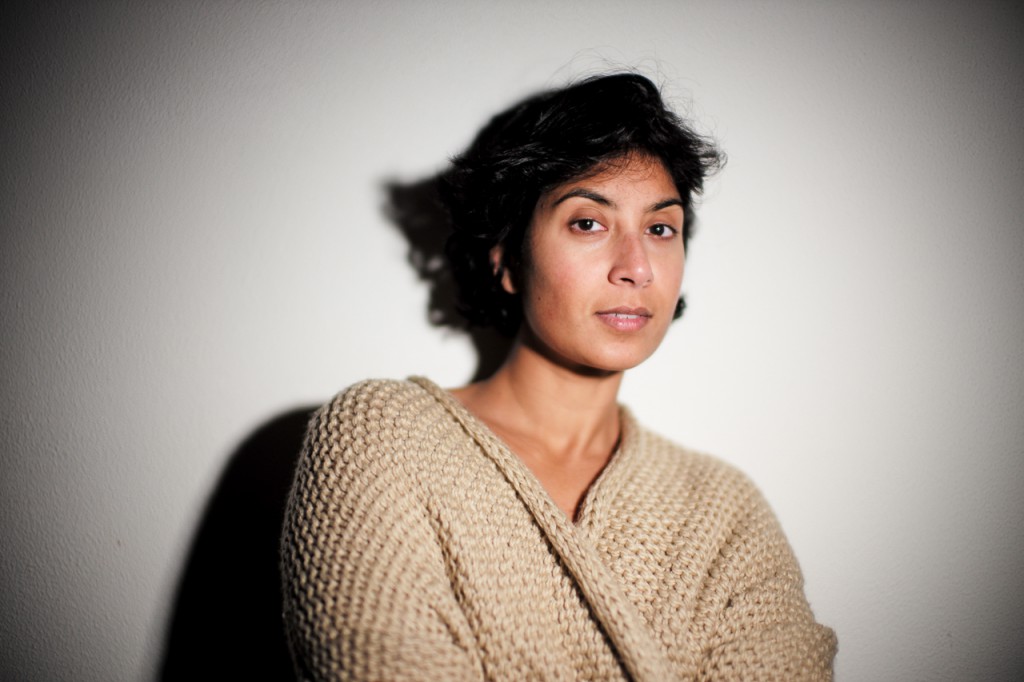
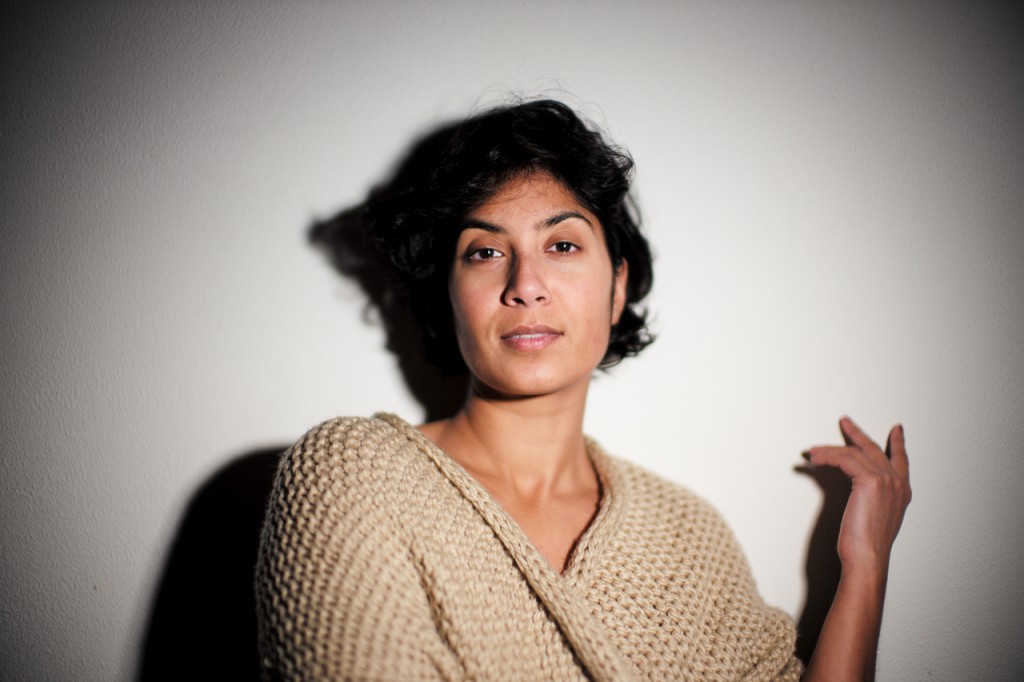

Are you still with me? Well, the good news is that continuous light is very straightforward. What you see is what you get. No hassle with triggers, sync times, flash durations, a million different flash modes etc. You just adjust the output of your light by turning a knob. Thank you! Also, you can see what tiny alterations with your light do with your shot. If you’re starting off with extra light and you don’t have a clue how artificial light works, it might be a good idea to start with continuous light. With a small flash unit, you’ll have to have a lot of experience to get your light straight at once.
I couldn’t completely overpower the ambient light
So why aren’t all photographers using continuous light? Well, there are some disadvantages as well. Although I wouldn’t recommend staring into the bulb of the Hedler 1000x, it’s output is NOTHING compared to a flash unit. Even a small flash unit. This becomes painfully clear when you’re trying to get a shot in daylight, where you want to rule out the available light. Even in my house on a clouded day, I couldn’t completely overpower the ambient light. Is that a bad thing? No, not if you’re working with both available and additional light. Yes, if you want to work with artificial light only when there is much ambient light.
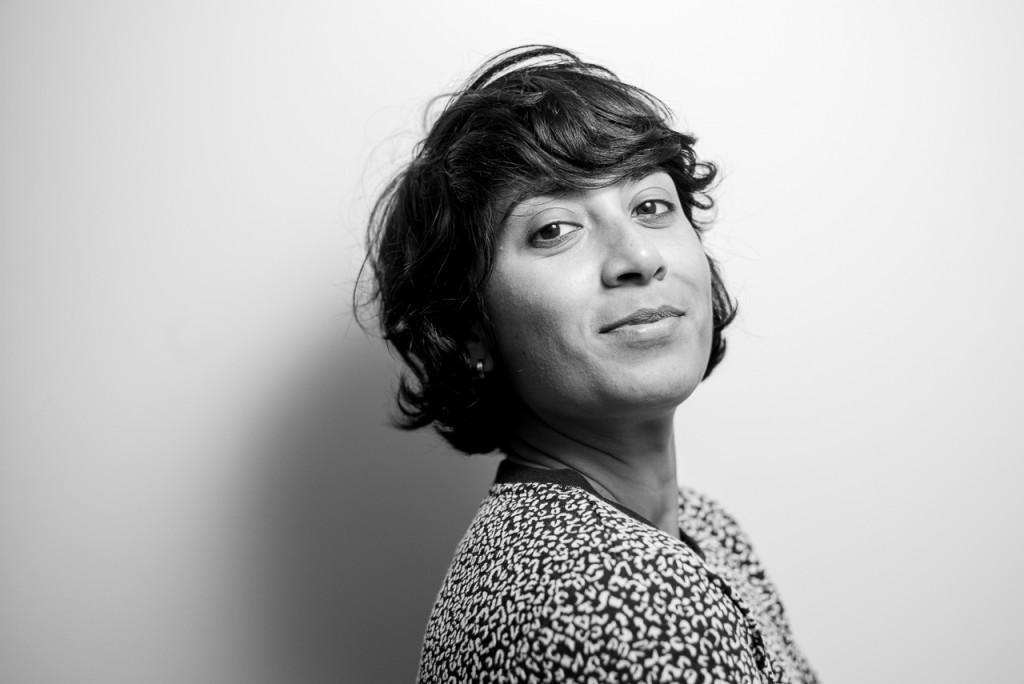
Another disadvantage is the fact that a flash unit provides an enormous load of light in a small package. It’s output is very short and very intense. Continuous light has a moderate output, but can do this a very long time. For video, continuous light is obviously the only way to go.
it’s far more comfortable for you as a photographer, but also for your model
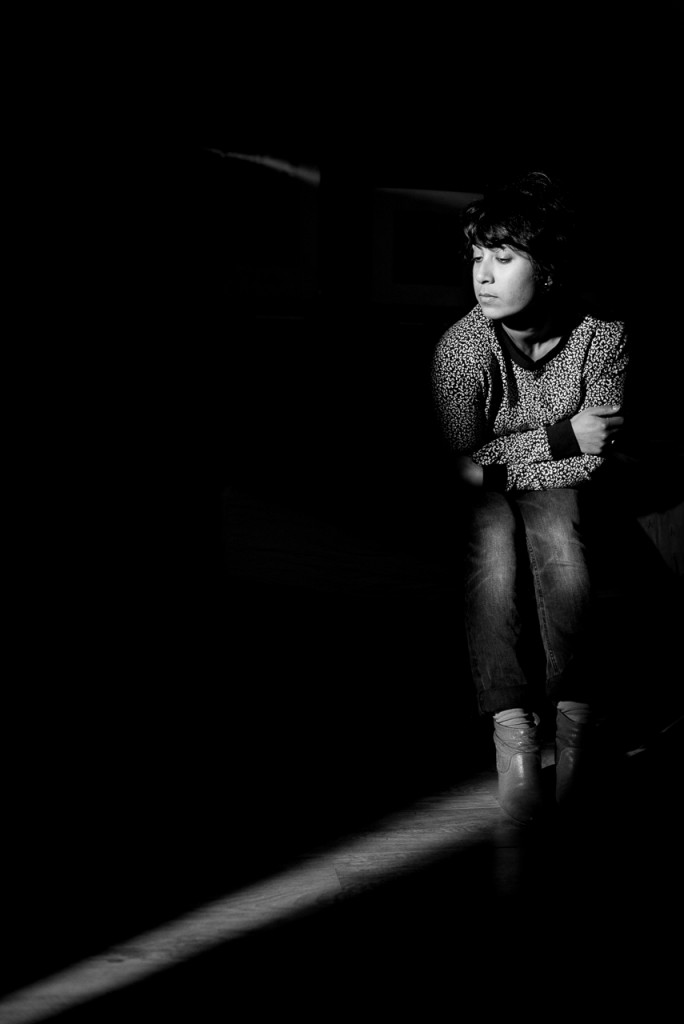
So who’s it for? Of course, videographers need continuous light, but for some photographers, this type of light may be interesting. First, if you’re new in artifical light and you want to learn what light does, how it reacts to different modifiers and to your model, this is a very good thing to start with. Second, if you have a studio and don’t need to worry about ambient light and power outlets, I would definitely use the best continuous light kit I could afford. Why? Well, it’s far more comfortable for you as a photographer, but also for your model. Your eyes and brain get used quickly to continuous light, whereas the intensity of a flash can be annoying for your model.
I had this set with just one modifier and I am by no means a master in additional light. But maybe that makes the case only stronger. Continuous light is like a paper and pencil, before you move onto paint and canvas.
